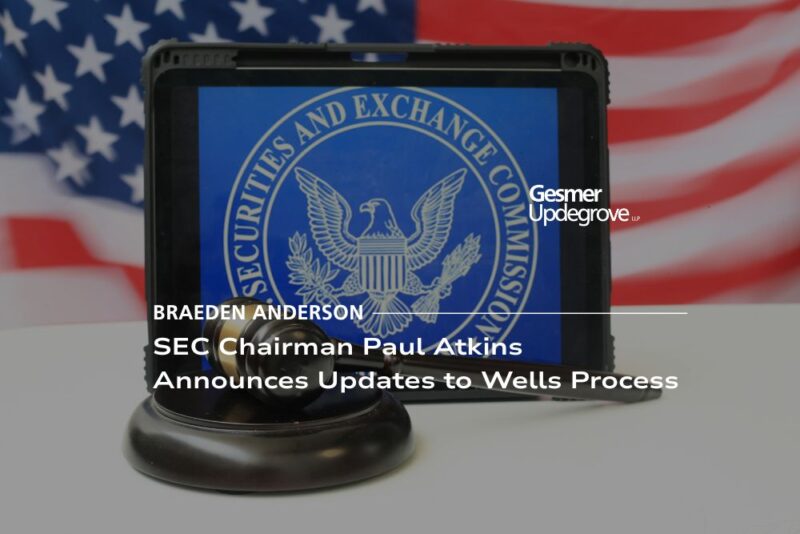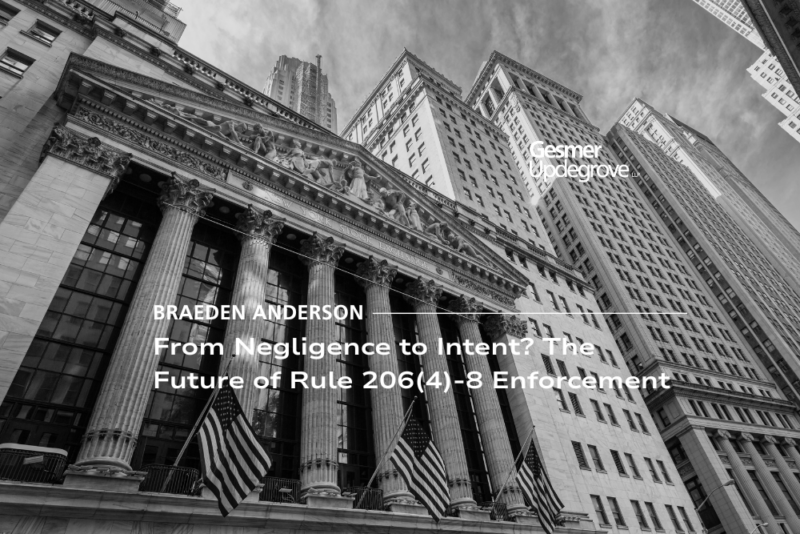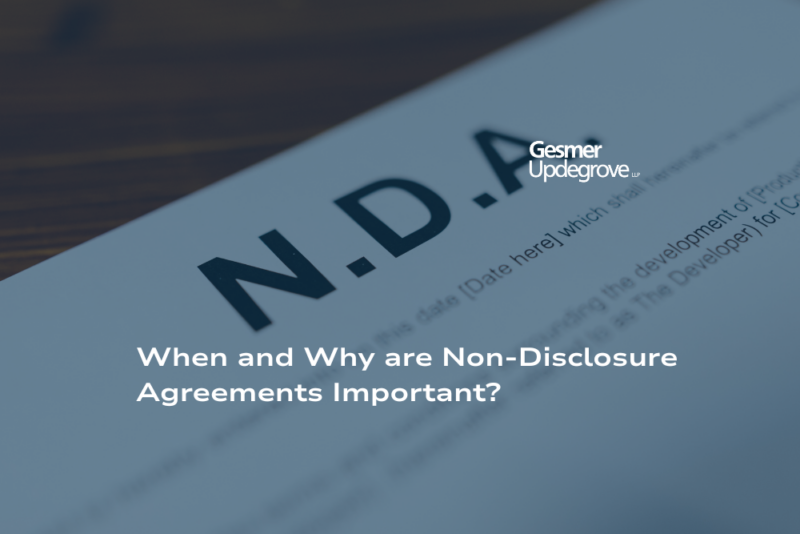The regulatory landscape for crypto asset markets is evolving at a pace that is testing the adaptability of market participants, lawmakers, and regulators alike. In recent months, legislative proposals, executive orders, and agency initiatives have combined to signal a potential shift in how digital assets will be regulated in the United States.1 State securities regulators, long active in policing fraudulent crypto-related activity, are now seeking to ensure that they remain central to enforcement in any new federal framework.
The Responsible Financial Innovation Act (RFIA), a wide-ranging Senate bill, is currently at the heart of this debate. Co-sponsored by senior members of the Senate Banking Committee, the RFIA proposes a comprehensive federal framework for digital assets, allocating primary jurisdiction over many crypto commodities to the CFTC while defining the SEC’s role in regulating digital asset securities.2,6 A central, and controversial, provision of the RFIA directs the SEC to define “investment contract” by rule, embedding specific elements drawn from the Howey test. Supporters see this as offering legal clarity to market participants; critics, including NASAA, warn that codifying Howey in this way could narrow its reach and undermine decades of flexible, case-by-case fraud enforcement. The bill also contemplates exemptions from both federal and state securities laws for certain assets and transactions, raising the stakes in the ongoing debate over preemption of state authority.
The North American Securities Administrators Association (NASAA) recently submitted comments to the U.S. Senate on two competing market structure bills: the Digital Asset Market Clarity Act of 2025 (“CLARITY Act”), which passed the House of Representatives on July 18, 2025, and the Senate’s RFIA.2 The Chair of the Senate Banking Committee has publicly committed to moving a market structure bill out of committee by September 30, 2025.3
NASAA’s Concerns with the RFIA
NASAA’s most recent comments focus squarely on preserving broad state antifraud enforcement authority.4 One provision in the RFIA instructs the SEC to define the term investment contract by rule, incorporating specific elements, investment of money, common enterprise, expectation of profits, and reliance on the efforts of others, that mirror the Supreme Court’s Howey test. NASAA warns that codifying these elements could narrow the flexible, fact-intensive analysis states have historically used to pursue fraudulent conduct.
For decades, the Howey test has “embodie[d] a flexible rather than a static principle” designed to capture a wide range of investment schemes. States rely heavily on this elasticity in their enforcement work.6 NASAA argues that a rigid federal definition could limit the classification of certain crypto arrangements as securities, potentially creating gaps in investor protection.
NASAA’s position comes against the backdrop of notable federal activity in this area. SEC Chairman Paul Atkins recently stated his view that most crypto assets are not securities, while CFTC Acting Chairman Caroline Pham announced an initiative to allow CFTC-registered exchanges to list spot crypto asset contracts.5
Contact Us Today For Any Questions:
The SAFE Act Proposal
To protect state authority, NASAA has proposed the Support Anti-Fraud Enforcement Act (SAFE Act), urging Congress to incorporate it into either the CLARITY Act or the RFIA. The SAFE Act would expressly provide that federal crypto market structure legislation does not preempt or restrict states’ ability to enforce existing antifraud provisions under state securities or commodities laws, regardless of federal registration status.
NASAA’s comments included an appendix cataloging over 300 state enforcement actions involving crypto-related fraud since 2017, many brought under “Operation Cryptosweep,” a coordinated multi-state enforcement effort. While not all of these cases hinged on Howey, NASAA cites them as evidence that state regulators have been, and must remain, a critical backstop in protecting investors.
NASAA’s Broader Advocacy
NASAA’s campaign to preserve state authority is not new. Earlier this year, the organization submitted strongly worded comments on the CLARITY Act before its House introduction, recommending substantial changes to the oversight of intermediaries and jurisdiction over “investment contract assets.”7,8 Last year, NASAA urged Congress to maintain a “technology-neutral” approach to regulating digital assets and to ensure that states retain their ability to investigate and bring enforcement actions for violations of federal law.9
NASAA has also engaged directly with the SEC, responding to Commissioner Hester Peirce’s February 2025 call for public input on crypto asset regulation.10,11 Its comments emphasized investor protection, technological neutrality, and the preservation of state antifraud and examination authority.
Federal Preemption and the President’s Working Group Report
The question of whether federal law will preempt state enforcement in the crypto space is far from settled. Both the CLARITY Act and RFIA contemplate exemptions that would exclude certain assets and transactions from state securities laws. Supporters argue these exclusions clarify jurisdiction and reduce regulatory fragmentation; opponents fear they could open the door to fraud.
NASAA’s preemption concerns intensified following the July 30, 2025, report from the President’s Working Group on Digital Asset Markets, which recommended that Congress preempt state securities and commodities laws for intermediaries registered with the SEC or CFTC, including state “blue sky” and commodity broker laws.12
What Comes Next
The House’s passage of the CLARITY Act without NASAA’s amendments suggests an uphill fight for state regulators. But the Senate process, particularly if the RFIA remains the chamber’s legislative vehicle, offers another opportunity for NASAA to press its case.
Whether through inclusion of the SAFE Act, negotiation over preemption provisions, or litigation challenging federal limits on state jurisdiction, NASAA’s position is clear: the states will not quietly cede their enforcement role. For market participants, this means preparing for a dual-layered compliance reality, federal requirements layered over state oversight, with potentially diverging interpretations of what constitutes a security.
At Gesmer Updegrove LLP, we are closely monitoring the interplay between federal proposals, state enforcement priorities, and industry responses. Our attorneys advise clients on both federal and state securities law exposure in the crypto asset sector, helping them develop compliance strategies that are adaptive, multi-jurisdictional, and informed by the latest legislative and regulatory developments.
Sources
1 See, e.g., President Trump Signs “Fair Banking” Executive Order Directing Financial Regulators to Remedy Past and Present Debanking Practices (Aug. 8, 2025); Alternative Assets — the Next 401(k) Plan Investment? (Aug. 8, 2025); SEC Announces Launch of “Project Crypto” (Aug. 5, 2025); The GENIUS Act: A Framework for U.S. Stablecoin Issuance (Jul. 21, 2025).
2 H.R. 3633, 119th Cong. (2025); U.S. Senate Committee on Banking, Housing, and Urban Affairs, Scott, Lummis, Colleagues Release Market Structure Discussion Draft, Issue Request for Information from Stakeholders (Jul. 22, 2025).
3 Senate Banking Press Release, What They Are Saying: Support for Scott’s September Deadline on Digital Asset Market Structure Legislation (Jun. 27, 2025).
4 NASAA, Urges Congress to Protect Investment Contract Law and Pass the Support Anti-Fraud Enforcement Act (Aug. 5, 2025).
5 SEC Chairman Paul Atkins, American Leadership in the Digital Finance Revolution (Jul. 31, 2025); CFTC, Acting Chairman Pham Launches Listed Spot Crypto Trading Initiative (Aug. 4, 2025).
6 See Section 105 of the RFIA Discussion Draft.
7 NASAA, Calls on the Federal Government to Leverage the State-Federal Partnership that Fosters Innovation and Mitigates Fraud in Our Capital Markets (May 29, 2025).
8 The CLARITY Act defines “investment contract assets” as digital commodities sold pursuant to an investment contract, granting CFTC jurisdiction over such commodities while preserving SEC jurisdiction over the underlying contracts. NASAA proposed defining both the assets and the contracts as securities within SEC jurisdiction.
9 NASAA, Urges Congress to Maintain a Technology-Neutral Approach to Market Regulation (Sept. 16, 2024).
10 NASAA, Principles for SEC Crypto-Asset Regulation (May 27, 2025).
11 SEC Commissioner Hester M. Peirce, There Must Be Some Way Out of Here (Feb. 21, 2025).
12 President’s Working Group on Digital Asset Markets, Strengthening American Leadership in Digital Financial Technology (Jul. 30, 2025).
Meet The Author
Check Out Our Latest Publications:
- CRYPTO TAX: YEAR-IN-REVIEW

- SEC Chairman Paul Atkins Announces Updates to Wells Process

- Coordinated Clarity: SEC and CFTC Issue Joint Statement on Spot Crypto Asset Trading

- From Negligence to Intent? The Future of Rule 206(4)-8 Enforcement

- When Does My Company Need to Qualify to do Business in Multiple States?

- When and Why Are Non-Disclosure Agreements Important?

